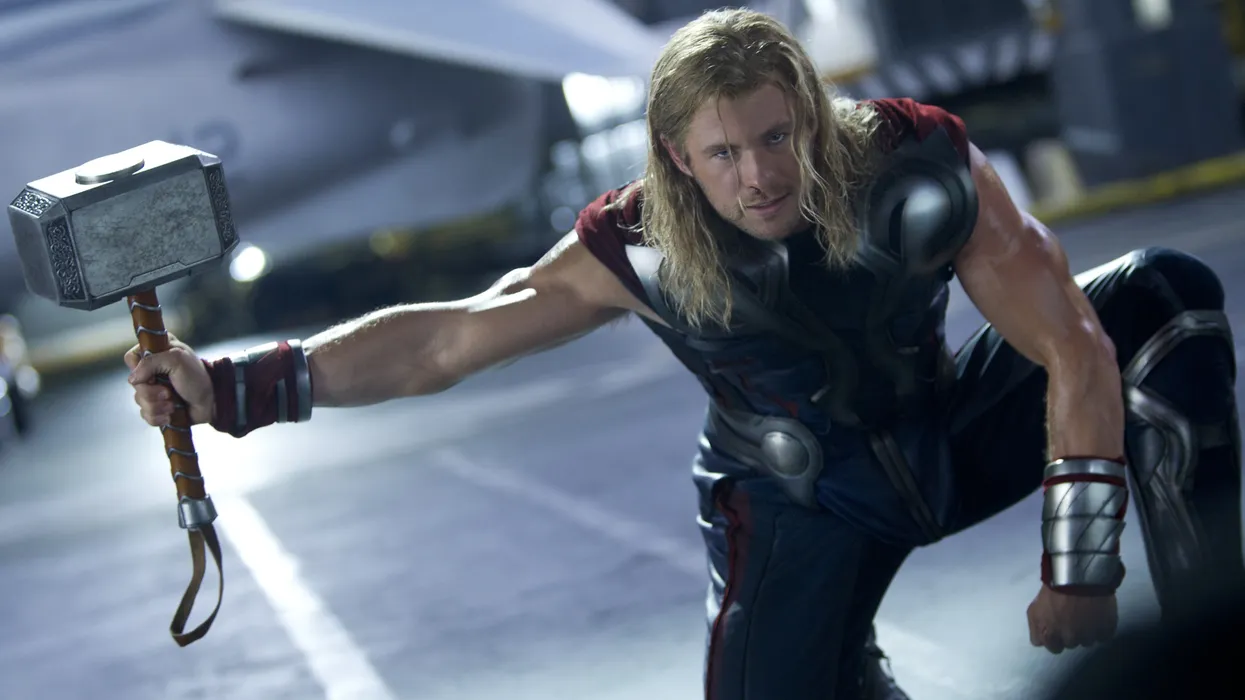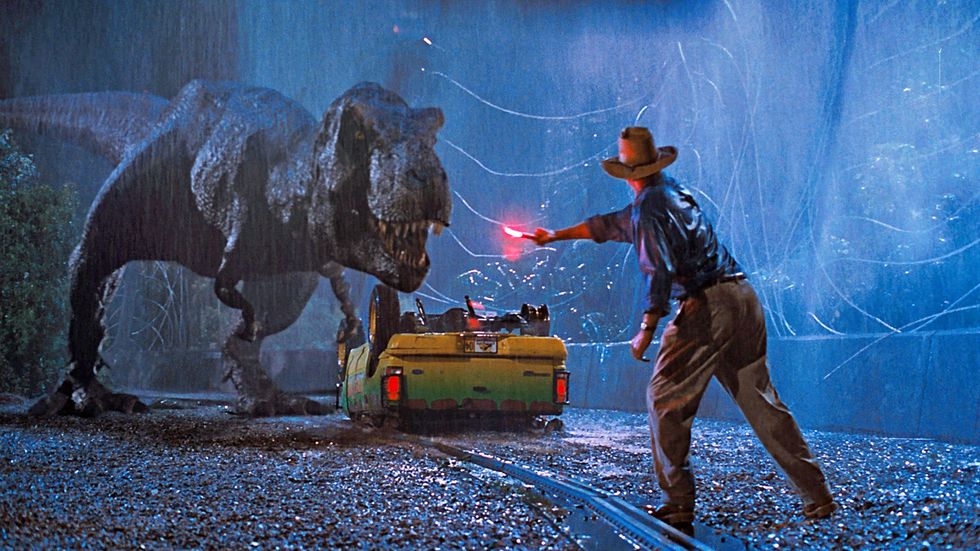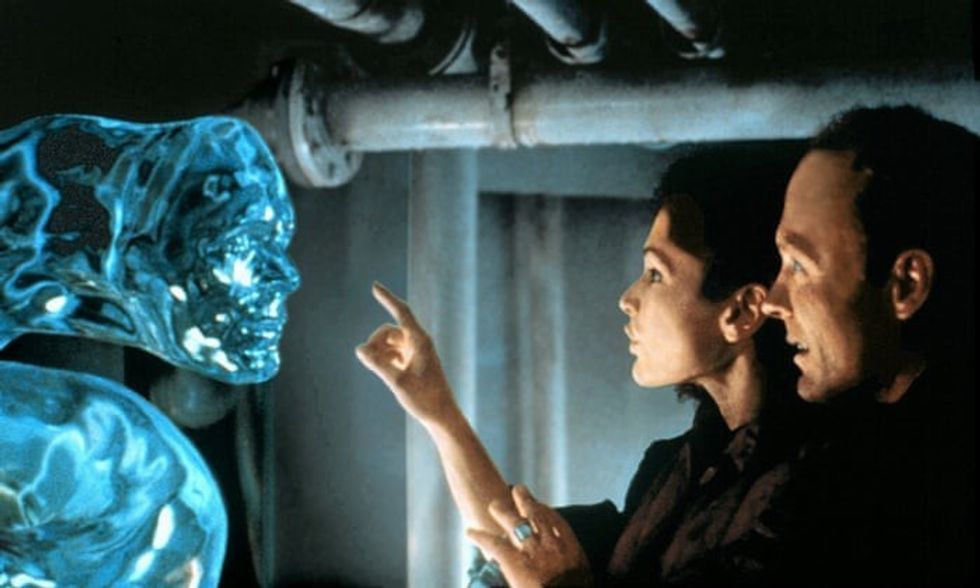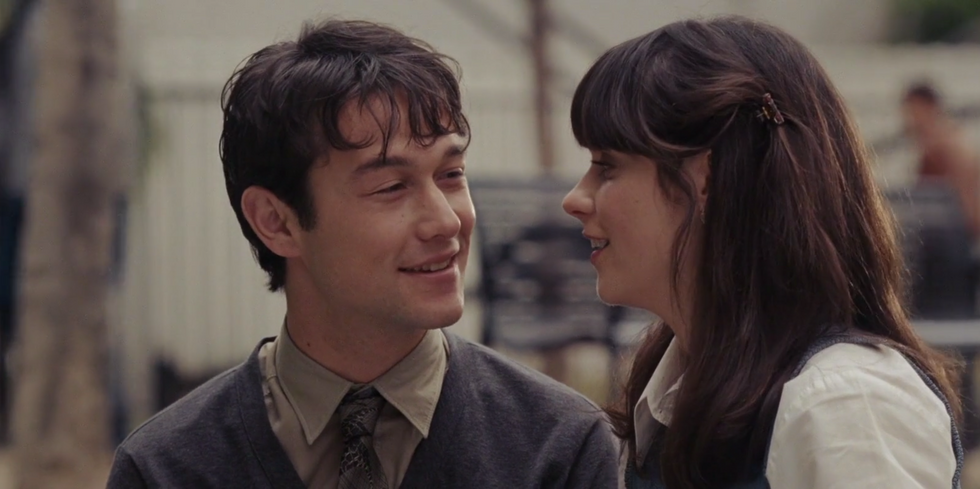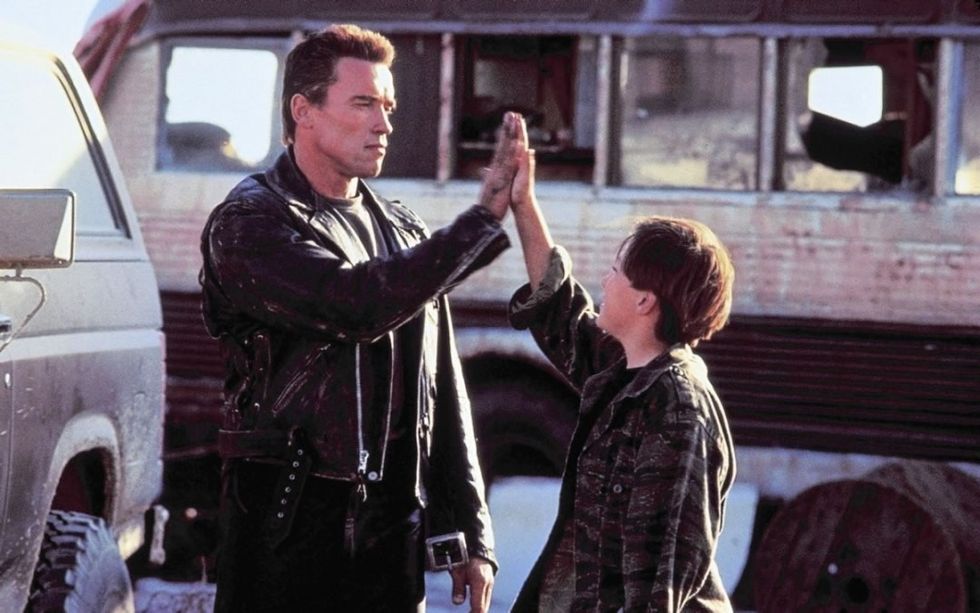How 'The Tick' Crew Brought a Subversive Superhero to Life with Wide Lenses, 8K and 'Invaluable' LEDs
DP William Rexer and gaffer Scott Ramsey had to crack several tough scenarios while shooting Amazon's 'The Tick.'
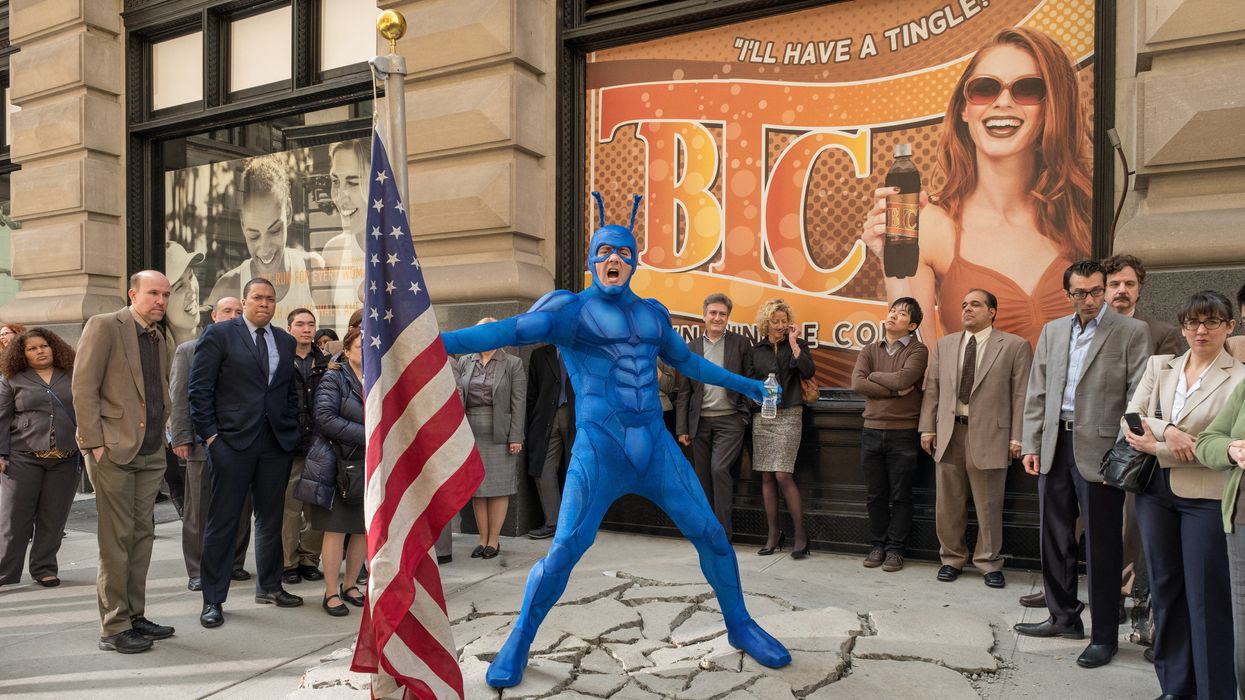
In an era of moviegoing dominated by Wonder Woman, Star-Lord, and Captain America, the subversive sensibilities of creator Ben Edlund's The Tick stand out as a unique take on the superhero genre. Starring Peter Serafinowicz as The Tick and Griffin Newman as his sidekick, Arthur, the pair set out to uncover a conspiracy and stop the supervillain who is secretly running their city.
After earning the backing of viewers during last summer's Amazon pilot season, Edlund and his team went about retooling the show for its complete first season, a move which included hiring DP William Rexer and gaffer Scott Ramsey as members of an entirely new team in the camera and lighting department. The pair has been working together since the mid-1990s, and their partnership and knowledge played a huge role in allowing The Tick to capture the right look to make the show both ironically comedic and cinematically enticing.
"We’re in exciting times. We have great new technologies, especially in lighting."
Rexer and Ramsey took time out of their schedules recently to chat with No Film School about the release of The Tick, discussing the manner in which they formed and executed the show's look. From the influence of famous superhero film DPs to the industry's evolving usage of LEDs, and the team effort that helped make The Tick successful, the pair shared all manner of information about what it was like to shoot the show.
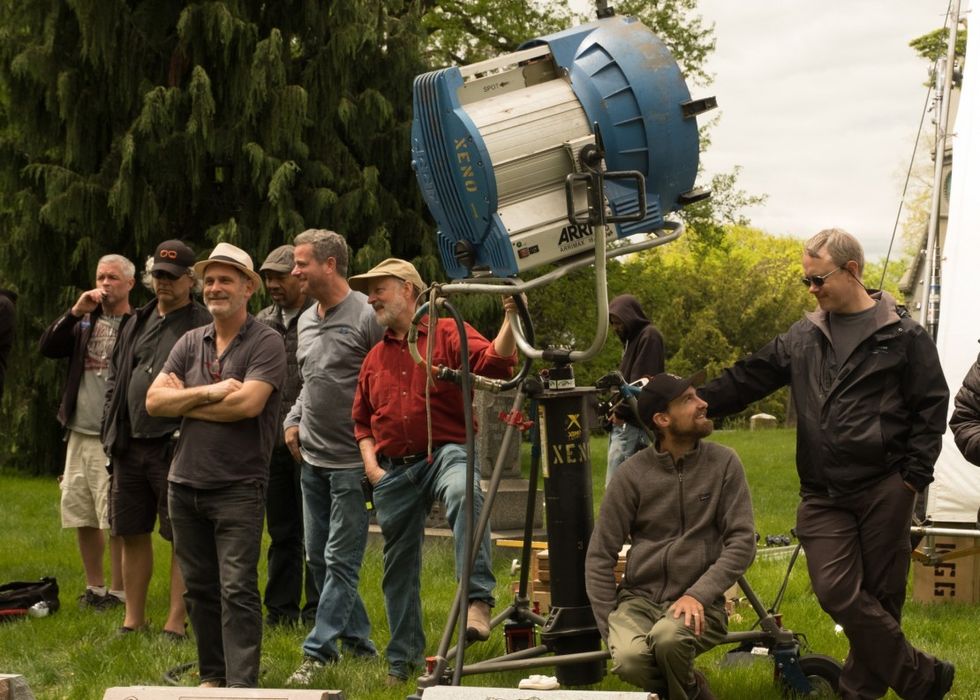
No Film School: I wanted to open up by saying how cool it is that we’ve got both of you here. The crew doesn’t often get the chance to be involved in this aspect of the industry and get their due credit with the media.
William Rexer: I’ve worked with Scott for a long time, and I recognize that this is a collaborative art form. I rely on my guys: Jeff Muhlstock, my amazing A-operator, Steadicam, and technocrane guy; Mike Burke, my first assistant; Scott, my gaffer; Lamont Crawford, my key grip; Tim Norman, who operated and then DPed tandem unit and is now DPing House of Cards. I rely on all those guys to make it possible.
NFS: How did you and Scott first get connected?
Rexer: Scott and I met in the 1980s on some documentaries with a filmmaker named David Grubin. We went quite awhile without working together. Then I was doing a film called Prime, with Ben Younger, and I had never done a studio picture, so I looked for a team that had done studio films. I grabbed Scott and interviewed him and knew right away that I wanted to work together again.
Scott Ramsey: I had just come off of Manchurian Candidate, which had Meryl Streep, and that gave her a level of comfort, having seen my face. It let her know that we could do the project and that Prime would come off well.
Rexer: That was the plan: to surround myself with people who the actors would feel comfortable with and who I felt confident could deliver. And people who understood that, although I was younger than they were, that we needed to accomplish our vision. It wound up fantastic, and from that time on, I tried to have Scott on everything.
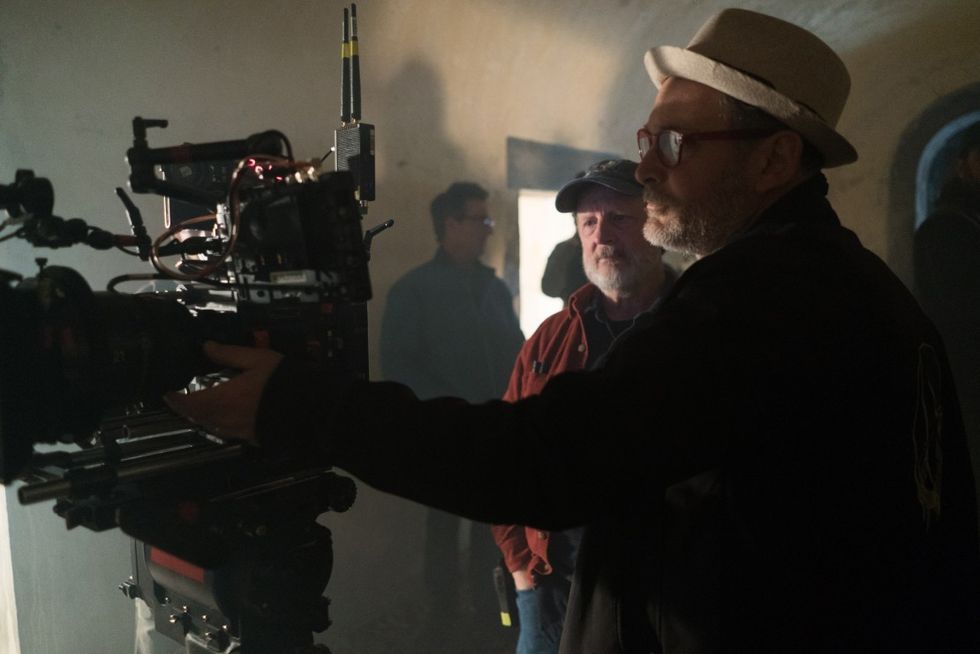
NFS: How important is it for you guys to have that familiarity and comfort with each other?
Rexer: For me, it’s a huge deal. It saves creative energy. Scott and I have been working together for fourteen years, so we have that shorthand. I always trust that he has the best interest of the project at heart, and he knows that I know that about him.
Ramsey: And on my part, it’s a comfortable situation because I have a good idea of what Will is going to want—I’m not guessing. I know when I can weigh in with suggestions. If I have this great idea that I’m invested in, and he says no, I know there’s no ego involved. The more you can let go of the ego, the better the work is.
"The more you can let go of the ego, the better the work is."
Rexer: On The Tick, we were designing “Danger Boat,” a character/set-piece that was a 24-foot long ship with artificial intelligence, and the show’s creator, Ben Edlund, had an idea for it in his head. We worked with John Kasarda, the production designer, Ron Pategna, construction coordinator, and Barry Josephson, who is a very creative, actively involved producer, to create this from nothing. We needed something interactive that could show this thing is alive. We discussed lighting, and how the floors and the walls could light up and communicate while keeping Ben’s sleek, modern feel. It took weeks of trying different things. Scott proposed different lights that were just coming out, like the new Kino Flo Select 30s, and I said go for it.
"The Select 30s were an invaluable tool."
Ramsey: And Ron was able to facilitate getting those lights into the floor. He helped us come up with the right materials to make it work. The Select 30s were an invaluable tool. They have the standard Tungsten/Daylight Kelvin range with plus and minus green, RGB that can be mixed, and a large selection of LEE colors. You can select a color and then play with its saturation levels and fade from one color to the next using a lighting board. It eliminates wasting gels and saves time in changing them.
Rexer: We were able as a total unit to create something unique. In a few moments time on-set, we could adjust the emotions of Danger Boat by changing colors, dialing things in very subtly and responding to directors’ needs. But creating it took a huge leap of faith, and I think if Scott and I were not working together and it was somebody new who I didn’t have that same trust with, I don’t think that would’ve ever happened.
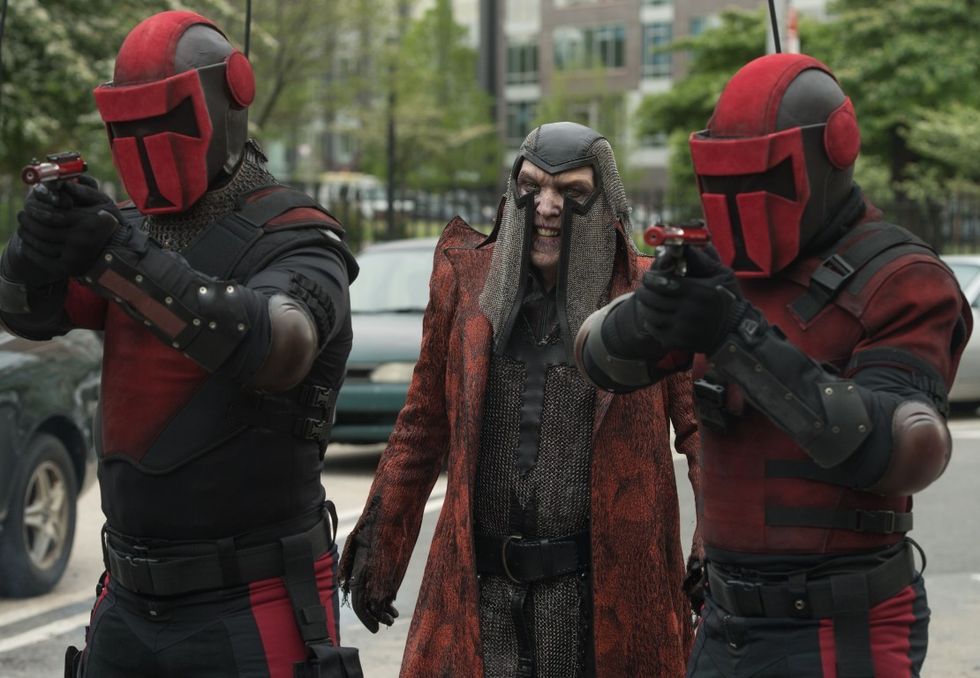
Rexer: And we had the good fortune to have Jamie Crowell, the line producer and unit production manager, and Kerry Orent, one of the producers, who worked with us on both projects. They trusted us, and we trusted them, and we all had the ability to work responsibly and get the money on the screen.
NFS: What was it like to work with a director like Wally Pfister?
Rexer: Wally was a dream. It was a huge advantage having someone who was a cinematographer before. He understands what we do, so when something would be complicated, he came to us, and we’d sit down and make a really good plan.
Ramsey: And Wally carried a lot of weight. There were things we wanted to do that seemed kind of big, and Wally would make sure the producers knew we needed to do them.
Rexer: There was a very nice scene we did, that we just kind of threw together in an alleyway in between the studios. It was a nighttime exterior, fight sequence, and Wally actually did do a little handheld there. He couldn’t resist. It was so much fun, and it looked terrific.
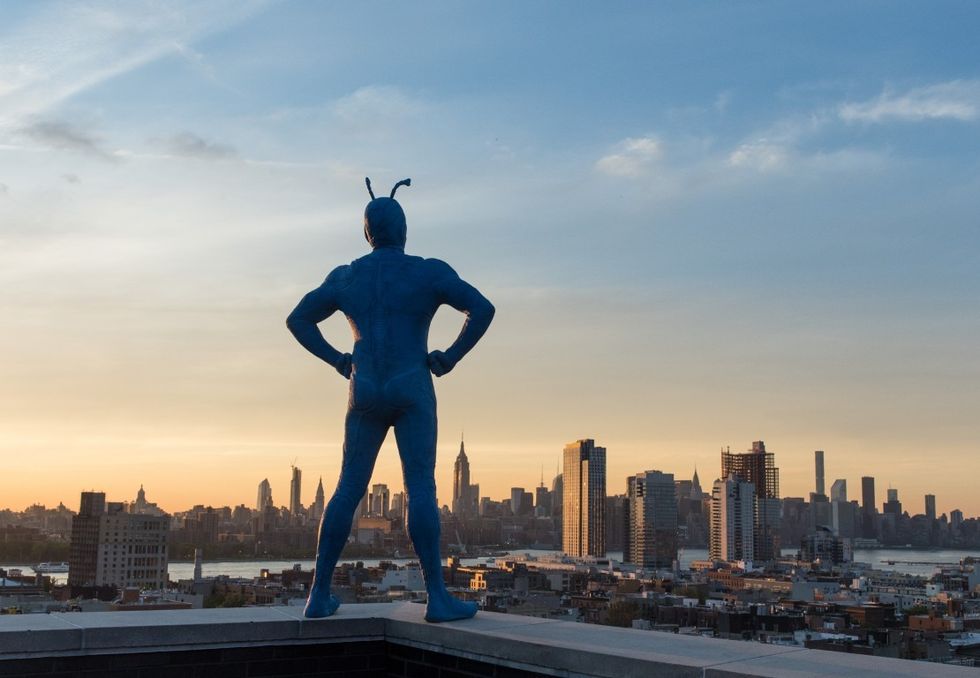
Ramsey: I feel like there was an element of the superhero going on in The Get Down. If you reference that show, they’re all invested in this superhero myth.
Rexer: I think you’re 100% correct.
And the other great thing about working with a cinematographer like Wally was that he could reference his own Batman experience, but he would also reference Don Burgess and the tongue-in-cheek feel of Spider-Man. The Tick is ironic, and the way Don Burgess handled Spider-Man was very much in line with the tone that we wanted. We embraced the comic book style in terms of wider lenses, but Wally really wanted it to have that cinematic feel, so the irony played through the writing and performances, not in a jokey camera angle.
"The Helium sensor is just gorgeous—the dynamic range is fantastic."
They shot the pilot in the 2.41:1 aspect ratio, but Ben and the rest of the team felt like that was creating weird framing in the close-up shots of the character, The Tick, because of his antennae. So we decided on a 2:1 aspect ratio instead. It was similar but better for framing the close-ups. That allowed us to use cinematic frames while playing with foreground/background and controlling the depth of field, which went back to the Don Burgess approach to Spider-Man. You’re fully invested in the world, and the jokes get to play more subtly. It was so much fun to work on. In a time when so many shows are cynical and full of vigilante antics, it was a pleasure to be part of a show that poked fun of that.
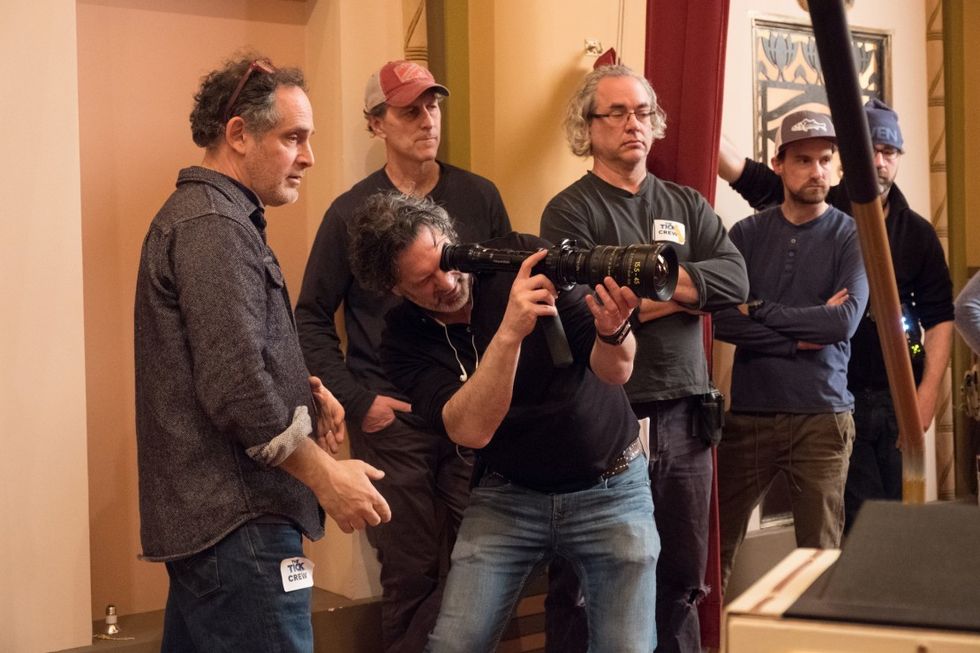
NFS: And what did you shoot on?
Rexer: We shot with the RED Helium in 8K. Beginning with higher resolution is important, and RED was very supportive with us. They got us the Helium cameras and a beta firmware form right away. The Helium sensor is just gorgeous—the dynamic range is fantastic. It was important to use that 8K sensor because I knew that, in post, we could resize, and stabilize for certain shots without sacrificing resolution, and the VFX producers, Terry Windell and Jeff Wozniak, were fantastic at guiding us to achieve some really fun visual tricks.
And as far as lenses, we used wide lenses (11-16mm Tokina and 18mm Master Primes and 18.5mm Celere) for our wide masters and got in relatively close for the action. We did medium-close ups fairly tight so that the VFX folks wouldn’t have to be recreating a world all around the characters. We shot fairly wide-open with Master Primes and Celere lenses at T1.8 (they’re a new lens out of Hamburg, Germany) so that I could throw that background world slightly out of focus to help the post side and keep the audience looking where we wanted them to look.
"To get the quantity and quality of light and still not cook him was very important."
We’re in exciting times. We have great new technologies, especially in lighting. LED lights are finally coming together where they have outstanding color quality and control. Our industry can be very wasteful, and the amount of electricity we’re saving by using these is tremendous. We had Peter Serafinowicz in costume as The Tick, and that suit couldn't handle heat very well. So for us to get the quantity and quality of light and still not cook him was very important.
Ramsey: The Kino Flo Selects are going to be a big player. We used the Arri Sky Panels and Bright Shots, both of which have outstanding effects built into their software. We made a lot of use of LiteGear's ribbons and their Lite Mats, and of course, we still use Lite Panel, who was at the forefront of LEDs for film work.
NFS: What was the lighting approach to capturing that cinematic feel?
Ramsey: We wanted to make it feel real. One of the things that we put a lot of time into was the character of Ms. Lint, and Wally weighed in on that. He walked onto the set and said, "Give me some big-ass backlight over here." Will looked and saw our best direction, which included all of the windows, so we had our lights pouring through the windows, giving each window a T-12 and a mini-brute. Over the corner, we used a maxi-brute through a crated diffusion that carried the backlight through the apartment. Will had the great idea to put a T-12 right in the shot, and that became the setting sun outside the city window. It looked great, but it also played into the character of Mrs. Lint, who is supposed to attract lint. That backlight gave the motivation to have the visible lint floating around her.
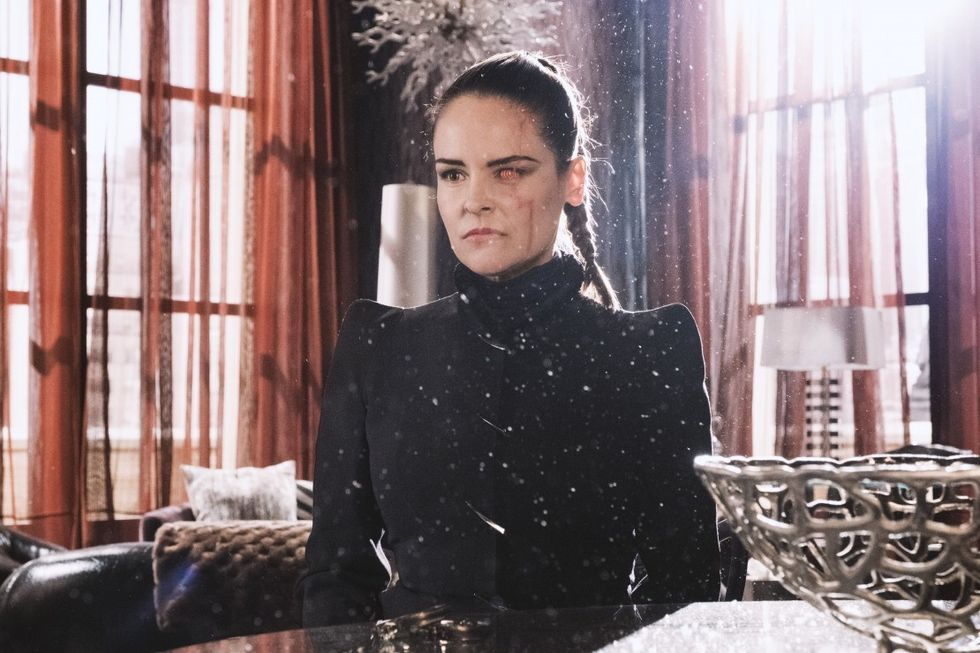
NFS: One of the things that people have loved about this show is that it embraces Arthur’s mental trauma. Did you guys do anything to try to express that part of the character?
Rexer: At the beginning of the show, you’re questioning Arthur’s sanity because of his paranoia about The Terror. We did a lot of off-framing. We put in these types of things where we’re walking down the street with Arthur, and the camera is favoring camera-left in a Steadicam shot, and then it begins to dolly 180 degrees and all of a sudden you have The Tick following. Then the camera moves back, and Arthur looks, and the Tick is gone. We used a lot of in-camera stuff where The Tick would be there and then he’d be gone. It was not sophisticated, but it was fun trickery.
"It was not sophisticated, but it was fun trickery."
And with the mental status, we did a decent amount of short sighting when Arthur was talking to people. We would put Arthur at the opposite side in the frame just to make an unbalanced frame, suggesting an unbalanced character. We weren’t Dutching the camera—it was much more subtle than that.
Ramsey: As far as lighting, we wanted to always have a certain amount of deep contrast while allowing audiences to see these people; you needed to see their costumes, their faces. It was a balance between making sure you saw enough and making sure it was dark enough to be interesting.
NFS: That portrayal of Arthur is established in the pilot episode, which you two didn’t do. How much leniency did you guys have to make the show your own?
Rexer: Wally gave us the ability to take the show where we wanted and make it our own. We worked with a narrower depth of field, used more camera movement, and we used MOVI, Steadicam, and technocranes more than they had the opportunity to in the pilot, so we were able to push things a little bit further.
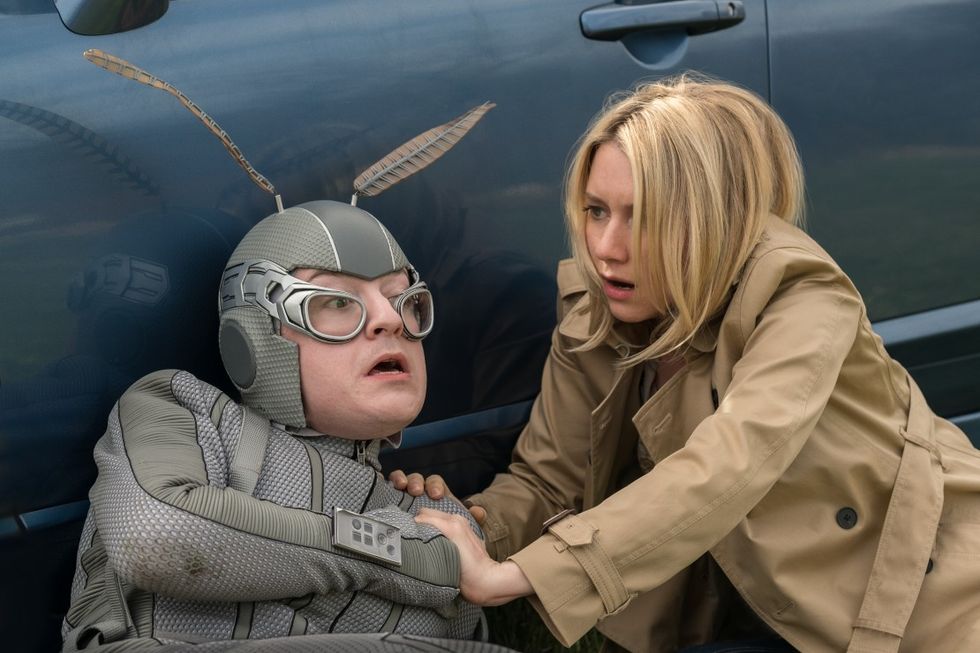
Ramsey: Well I basically do what Will tells me to do [laughs]. We got to do things how we wanted, but the pilot was very similar to what we ended up doing.
NFS: As a member of the camera crew, what do you look for out of a DP?
Ramsey: Communication. That’s the most important thing. I love it if someone is looking for participation because I’ve worked with people who will do the opposite thing if you make a suggestion. People can be very precious about owning the creation as theirs, and in their mind, they can’t take a suggested idea. So you play the game of either not suggesting anything or suggesting something that you don’t want to do.
Rexer: There’s a level of that with all collaborative work. If I have a director who I’m working with, I know that they can only handle so many suggestions from me before it’s overload. If I’ve used up too many of my cards in the previous days, I might go to my operator or the assistant director to make the suggestion. You establish a good relationship with everyone to use the people at hand to ensure we can all accomplish what we need to accomplish.
